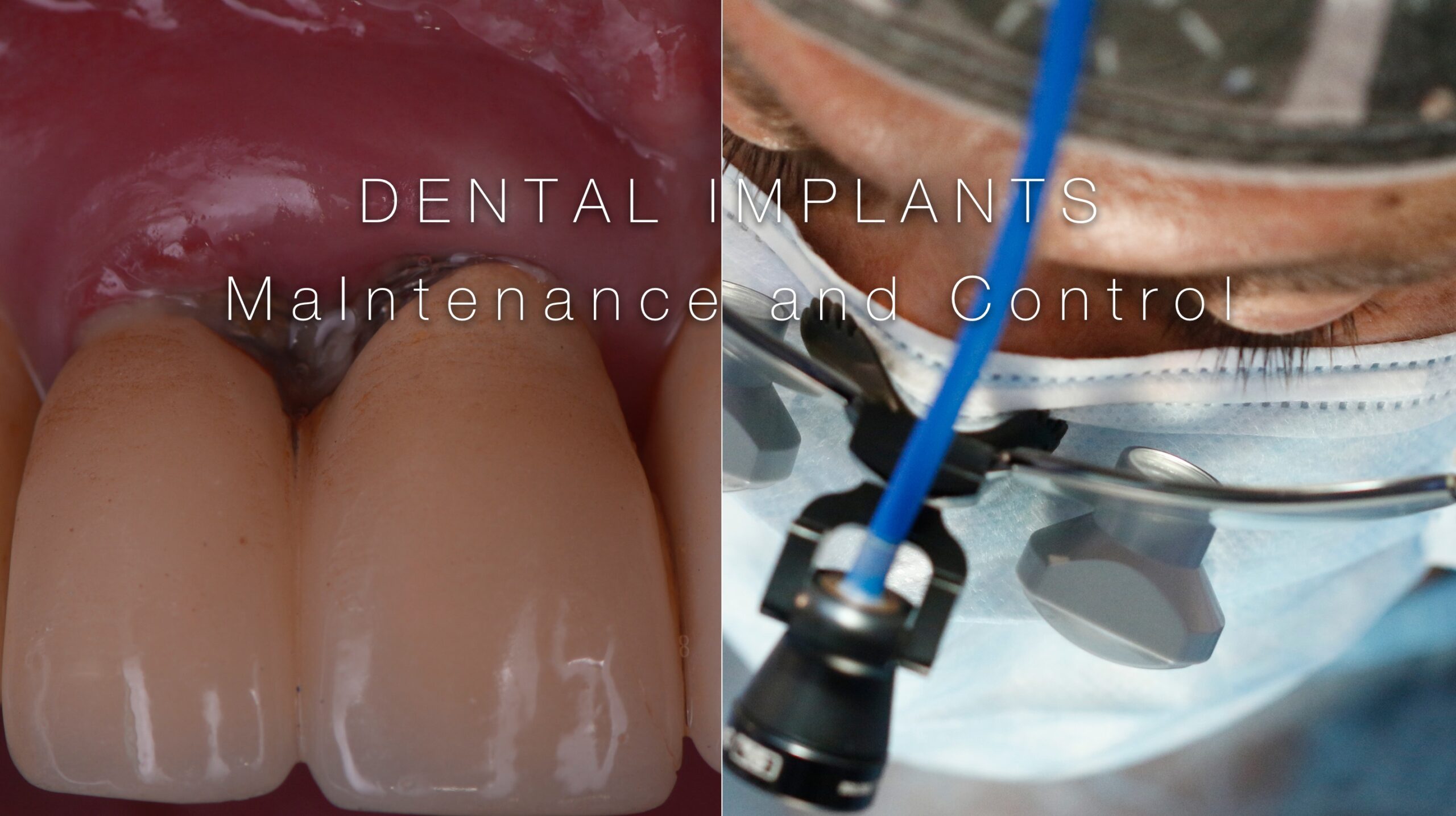Many causes have been addressed to periimplantitis. This is the reason why we should have a strict and regulated protocol to assess our patients when they come into our office with dental implants placed by some other colleague.
In this Blog we are going to mention important tips to have into account to make sure that every single implant has been assessed and controlled.
In addition important information will be added to the patient file such as:
1-. Implant Passport: Brand, Diameter, Type of Connection, time of placement, etc…
This is a very valuable information which will help us to determine, in case of eventual replacement all the needed tools to manage a different brands from the one we use.
Some companies have developed a way to provide all the information thanks to the Implant Passport but either the papers were not completed or the patient never had them, at the end we might finish knocking on the previous Dr´s door to facilitate the information.
In case we don’t have the information, a short questionnaire filled by the patient can be helpful at some point.
2-. Periodontal status and control to make sure that the already existing implants or our future ones live along the rest of the dentition in a good and balanced biological environment.
The question whether implant probing is effective or necessary to assess implant status should be considered if any sign (redness, mucositis, inflammation, etc…) or symptoms such as pain are present. Especially when the implants show health and proper soft tissue integrity around them. “We should try not to disturb what is ok…”
3-. Non Occlusal control and overloading is one of the main reasons for Micormovement and micro leakage at the connection level developing bacterial growth and potential implant and abutment fractures.
Check the occlusion, change it or protect it with Michigan Mouth Guard if needed and work with Botox® when diagnosed in Strong and specific profiles. That will relax the occlusion and protect elements and components.
If the patient refers continuous unscrewing of the crown, have in mind that the connection screw might be weakened and should be changed by a new one in order to avoid screw fracture.
Obviously, when the patient refers continuous unscrewing, many factors addressed to occlusion previously mentioned should be considered.
4-. We should inform the patient that certain habits such as smoking and non plaque control is addressed to implant failure among others. In the case of smoking there is a compromised blood supply that reaches the tissues exposing these areas to more prone infection and resorption.
5-. The non plaque control will alter the tissues surrounding the implants and the teeth.
Have in mind that infected neighboring teeth to implants or infected neighboring implants to teeth, by contact will promote the development of infection on sites previously healthy.
6-. The surgeries to increase keratinized gingiva over implants already placed a long time ago would be considered when the “bad” quality or quantity are responsible for continuous tissue inflammation, and other issues related to soft tissue deficiency.
7-. Others: Such as change implant profile or prosthetics retentive design that will encourage the plaque formation and difficult cleaning.
It is important to have a specific protocol to monitor the implants that the patients bring to the clinic previously placed in order to show not only professionalism but control and avoid implant failures and replacement when conservative techniques have shown good results.
For Peri-implantitis pathology and effective Regenerative Therapies we should consider first the reason for development, anatomy analysis or defect analysis, implant surface decontamination, regenerative therapy, closure and implant final restoration timing for placement.
Among different protocols developed and researched to regenerate the bone surrounding implants, in our Masterclass from Dr Pedro Peña (Spanish language) he will share with us a Novel approach to decontaminate the implant surface by the use of electrolysis and Hydrogen molecules synthesis over the implant surface for posterior Regeneration.

